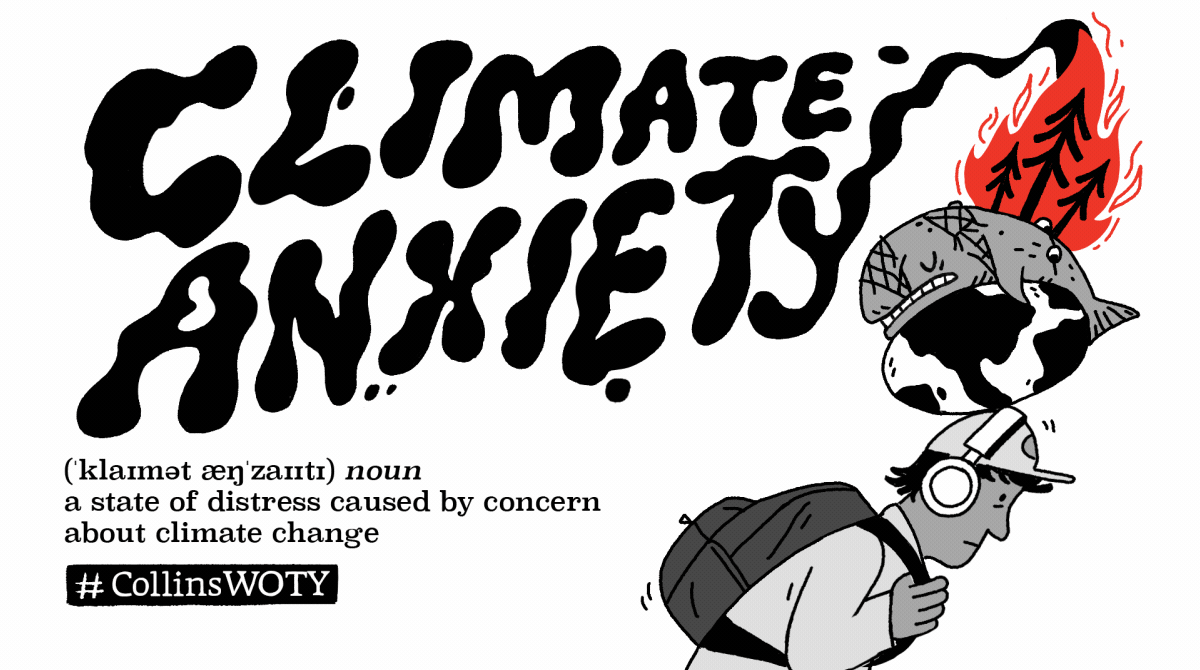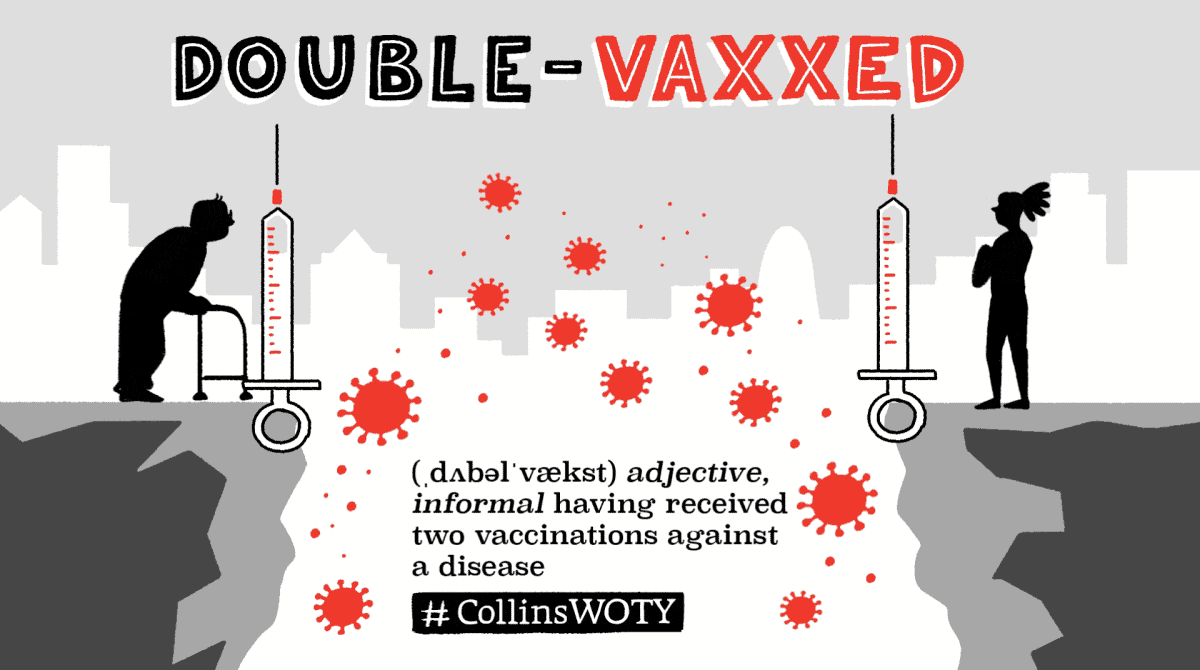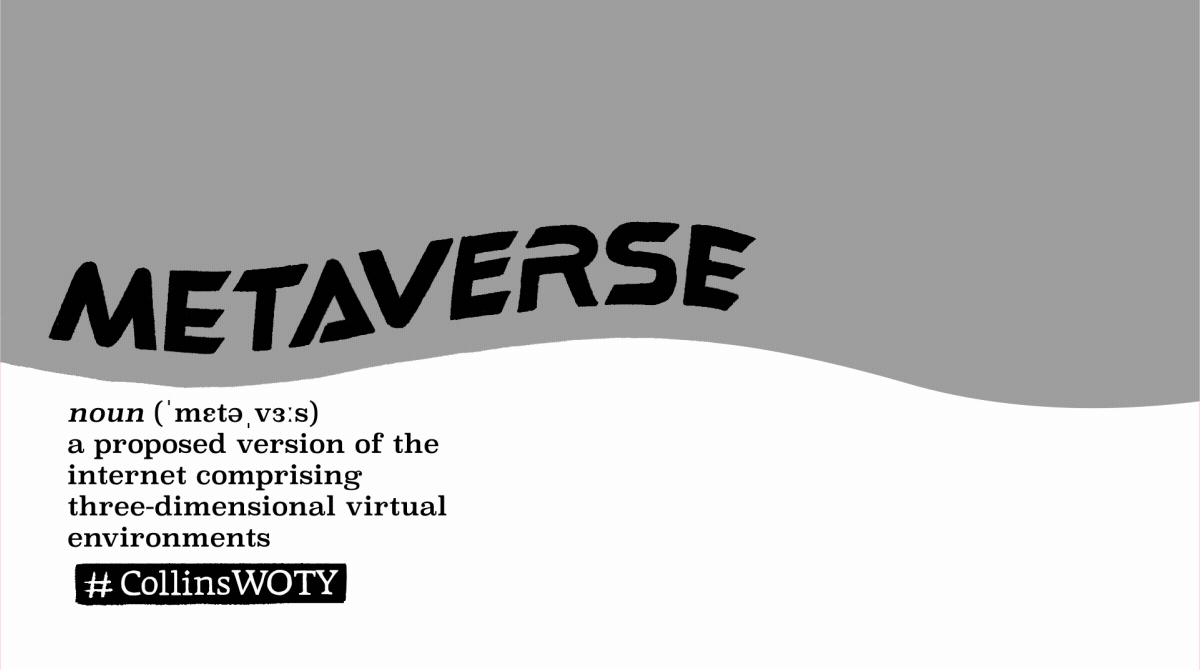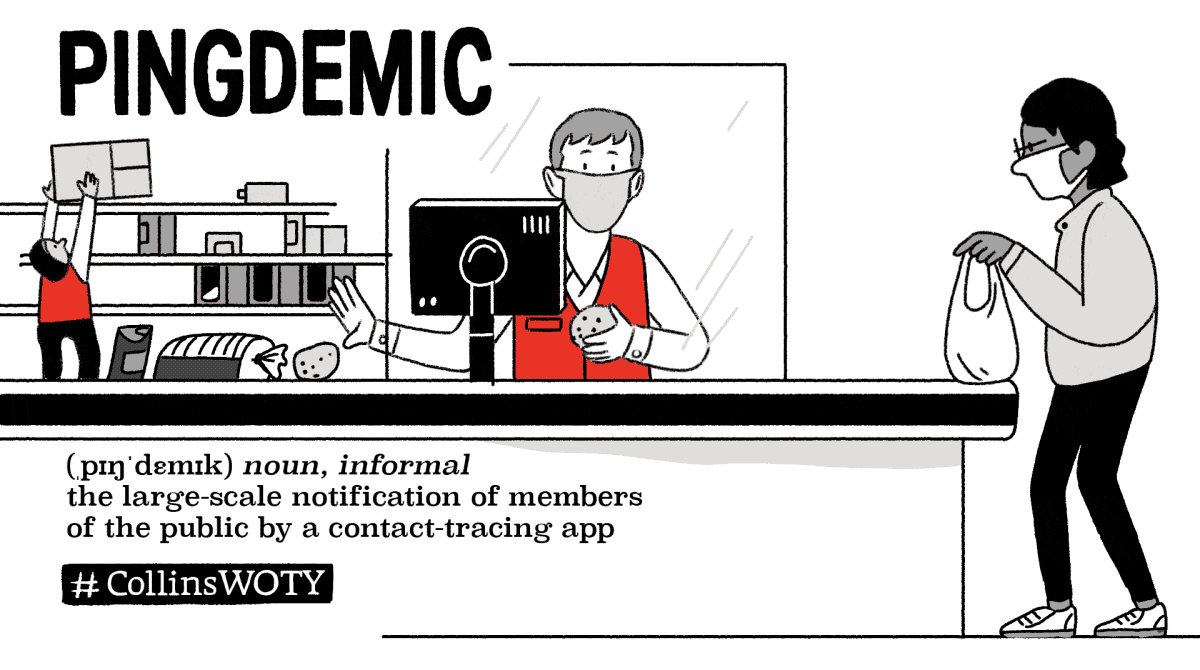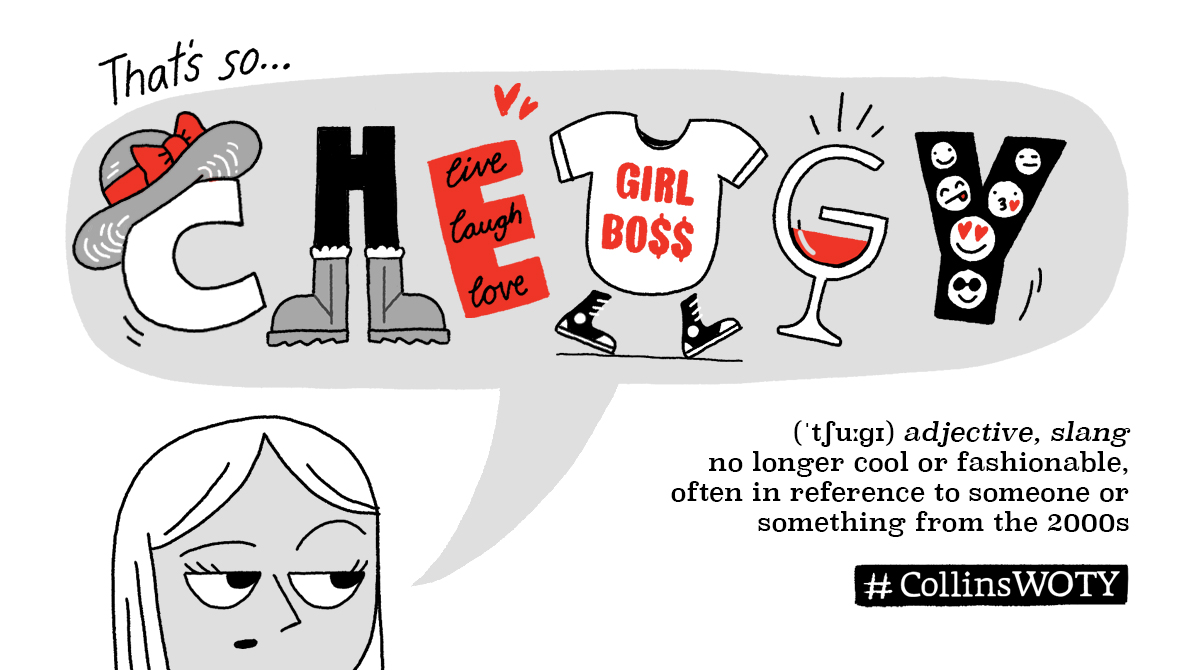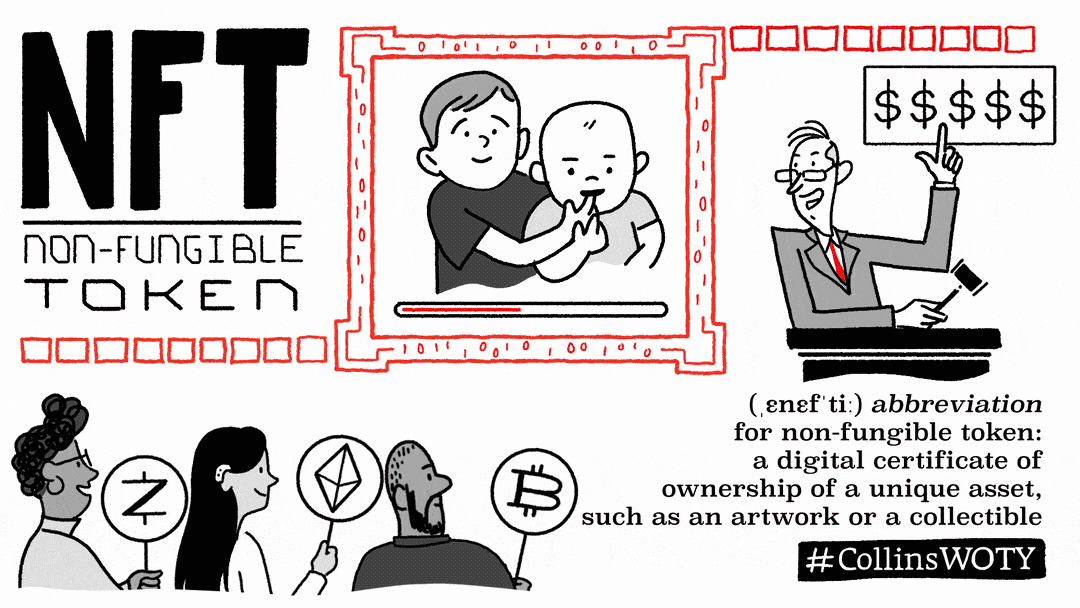Copyright © Françoise Herrmann
Precipitated by a concern for the increased stress that children were experiencing during long lockdown periods, within the context of the COVID 19 pandemic, Purrble™, masterminded by Sproutel Inc., in collaboration with the Committee for Children®, is an animatronic toy, designed to teach children how to self-regulate their emotions. As for the previous Sproutel Inc., toys, such as Jerry the Bear®, targeting children with Type 1 diabetes, and My Special Aflac Duck®, designed for children undergoing cancer treatment, the researched idea, informing the design of the toys, is that, if children are able to care for their special toys, they will not only learn about the ailments that they share with their toys, they will better understand their own treatments, and be able to better cope, with less fear, and anxiety.
With Purrble™, this means learning how to soothe-down-to-a-purr the racing heartbeat of a small, plush, koala-looking toy, called the Purrble™. The assumption is that the experience of soothing Purrble™ will assist children in calming their own emotions. Different from Jerry the Bear® and My Special Aflac Duck®, Purrble™ was designed to be used mostly at home, or at school, outside of medical and hospital contexts. The “live animal” boxes in which Purrbles™ are packaged were even conceived for possible use as little play beds or houses for the plush toy. Made of cardboard, the boxes can also be decorated. But Purrble™ is much more than a battery-operated plush toy.
With sensors responsive to both calming caress, or fidgeting, coupled to internal controllers for vibration of the accelerating or decelerating heartbeat, and a speaker to produce purring sounds, and simple grunts, sighs and giggles, Purrble™ falls well within the scope of the far more complex animatronic toys, designed and patented by Sproutel Inc., in collaboration with companies such as The American Family Life Assurance Company (AFLAC). In any event, much like its predecessors in the medical domain, Purrble™ took the market by storm, enchanting the 3+ crowd, cooped up in lockdowns with emotions on edge, while promising that potential gains in emotional regulation are “a determinant of lifelong success, being linked to improved graduation rates […]”. (About Purrble™)
Below, an image is included of the cute marketed Purrble™ products, no two of which are completely alike. Also included, a short YouTube video, featuring Sproutel Inc., founder and CEO, Aaron Horowitz, and Kate Gallo, Consultant for Product Management at the Committee for Children®.
Committee for Children® https://www.cfchildren.org/
Sproutel Inc. https://www.sproutel.com/
Time Magazine – The 100 best inventions of 2021. Keeping Kids calm: Sproutel Purrble™.
https://time.com/collection/best-inventions-2021/6113137/purrble/










